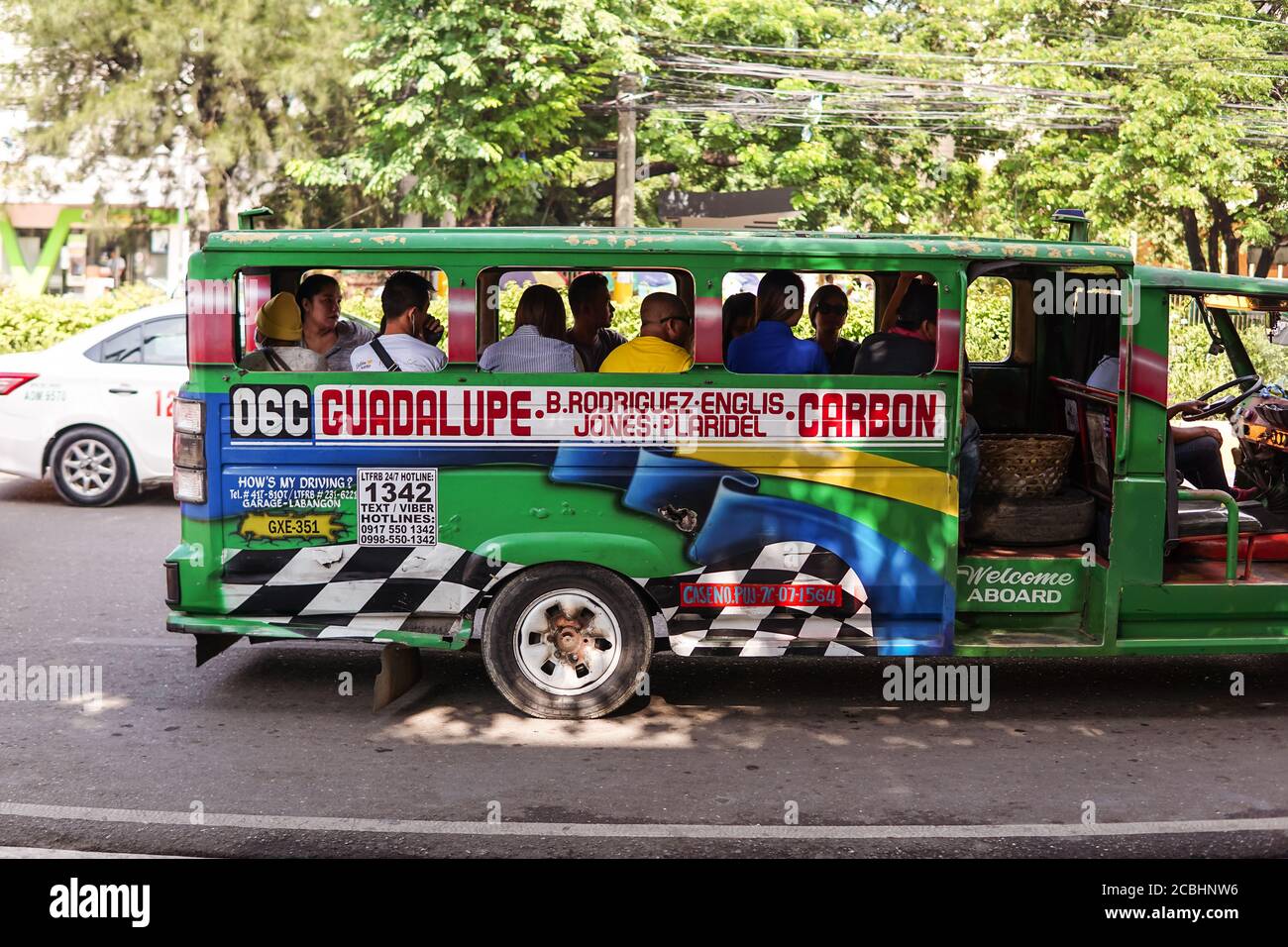Transit Advertising Philippines for Unmatched Brand Visibility
Transit Advertising Philippines for Unmatched Brand Visibility
Blog Article
Recognizing the Function of Transportation Advertising in Enhancing Brand Name Visibility and Consumer Involvement
Transit marketing has actually emerged as a crucial element in the advertising landscape, supplying special opportunities for brand names to elevate their presence and engage customers efficiently. With the ability to reach a captive and varied target market throughout their day-to-day commutes, these advertising and marketing methods are not simply about presence; they are regarding producing meaningful links with possible clients. As we discover the complex benefits and cutting-edge methods within transportation advertising, it ends up being important to take into consideration exactly how these components collectively affect consumer assumption and habits, raising inquiries concerning their long-lasting effect on brand name commitment.
Definition of Transportation Advertising
Transportation advertising and marketing describes the method of promoting products, services, or brands through ads put around mass transit systems. This kind of advertising incorporates a variety of placements, consisting of posters on trains and buses, electronic displays at transit terminals, and covers on the exterior of automobiles. It intends to get to a diverse audience, maximizing the high foot traffic linked with public transportation.
Transit advertising and marketing is strategically positioned to record the attention of commuters, who often invest considerable time waiting or traveling. By integrating advertisements right into the everyday regimens of people, brand names can develop a long lasting impact and foster brand recognition. The medium is specifically reliable in urban environments, where mass transit is a primary setting of travel.
In addition, transit advertising and marketing can assist in localized targeting, permitting companies to reach details demographics based upon transit routes and terminal locations. As urban populations grow and the use of public transportation rises, this advertising and marketing approach has acquired prominence as a vital part of integrated marketing techniques. The dynamic nature of transit advertising and marketing, integrated with its ability to involve customers in a captive setting, highlights its importance in modern marketing techniques.
Benefits of Transit Advertising
The effectiveness of transportation marketing exists in its capability to deliver a multitude of benefits to brand names seeking to improve presence and involvement. One of the main benefits is the extensive reach it supplies; transit ads can effectively target diverse demographics across metropolitan locations, getting to both commuters and pedestrians alike. This wide exposure dramatically enhances brand awareness.
An additional benefit is the high regularity of impacts. As transit lorries follow established paths and stop at several areas, they develop repetitive direct exposure that enhances brand messages. This frequency cultivates familiarity, which is vital in customer decision-making.
Transportation marketing is additionally cost-effective contrasted to various other media systems. Provided its expansive reach and potential for high impacts, brand names commonly experience a lower cost per thousand impacts (CPM), optimizing their marketing budget plan.
Moreover, transportation advertisements can produce a sense of community link. By lining up with regional transit systems, brands can resonate with regional audiences and foster a sense of neighborhood pride. This local strategy enhances brand commitment and involvement, making transportation marketing a compelling selection for services aiming to strengthen their visibility in the marketplace.

Reliable Approaches for Transportation Campaigns
To make the most of the impact of transportation campaigns, brands ought to leverage tactical planning and implementation customized to their target market. Initially, recognizing the demographic qualities of the audience utilizing public transportation is crucial. This enables brand names to develop personalized messaging that reverberates with potential clients.
Following, selecting the appropriate transit mediums is crucial. Whether using bus covers, metro posters, or digital screens, each tool has unique advantages that can boost exposure. As an example, lively visuals on bus wraps can stand out, while electronic advertisements can be updated frequently that site to reflect prompt promotions.
In addition, incorporating a natural branding technique across transportation systems makes sure consistency and reinforces the brand name's identity. Making use of captivating styles and unforgettable taglines will enhance brand name recall amongst travelers.
Finally, timing is a vital consider carrying out effective transportation projects. Introducing projects throughout height traveling hours or regional occasions can dramatically increase presence and engagement. By employing these approaches, brand names can efficiently harness the capacity of transit marketing, cultivating greater understanding and link with their target audience. Ultimately, a well-executed transit campaign can drive significant development in brand name visibility and customer involvement.

Measuring Impact and Interaction
In examining the performance of transportation ad campaign, precise measurement of impact and engagement is essential for brand names looking for to maximize their advertising and marketing strategies. Metrics such as reach, frequency, and perceptions supply fundamental data to evaluate visibility. Examining these aspects assists identify how lots of potential consumers are exposed to the promotions during their daily commutes.
Involvement can be further determined with customer communications, such as website web traffic, social networks discusses, and straight responses to calls-to-action included in the ads. Utilizing devices like QR codes or one-of-a-kind Links can promote tracking of customer habits directly linked to transit campaigns. Surveys and comments systems additionally work as useful techniques to collect qualitative data on consumer perceptions and recall of the promotion.
Furthermore, progressed analytics and acknowledgment models can correlate transportation direct exposure with succeeding buying actions, providing insights into the return on investment. By employing a thorough method that integrates measurable and qualitative actions, brands can establish a nuanced understanding of their transportation advertising effect. Inevitably, this data-driven strategy makes it possible for brands to refine their projects, ensuring they resonate properly with target audiences and enhance overall brand visibility.
Case Researches of Successful Campaigns
Successful transit marketing campaign act as compelling examples of just how effective methods can boost brand visibility and involvement. Transit Advertising Philippines. One notable situation is the "I Love New york city" project, which changed the city's image and imp source brought in countless tourists. By utilizing metro ads, signboards, and bus covers, the campaign produced a strong, natural brand identification, causing a considerable uptick in tourist and regional organization patronage
An additional excellent project is Coca-Cola's "Share a Coke" initiative, which leveraged transit advertising to personalize the brand name experience. By featuring popular names on advertising materials across various transportation systems, Coca-Cola fostered a much deeper psychological connection with customers, urging them to share their experiences on social media sites.
In addition, the "Got Milk?" campaign efficiently utilized mass transit advertisements to reach a wide target market, reinforcing the message of the relevance of milk in a balanced diet. The project saw a measurable increase in milk usage in target demographics.
These situation research studies illustrate that when performed thoughtfully, transportation marketing can considerably improve brand name visibility, foster consumer involvement, and drive quantifiable results, showing its crucial duty in contemporary marketing methods. - Transit Advertising Philippines
Final Thought
Finally, transportation marketing acts as an important tool for improving brand name visibility and promoting consumer interaction. By making use of strategically placed advertisements within public transport systems, brands can properly get to diverse target markets and strengthen acknowledgment via regular direct exposure. The application of targeted messaging and cutting-edge approaches better amplifies the effect of transportation campaigns. Inevitably, the ability to determine engagement and analyze successful case studies emphasizes the effectiveness of transit advertising in driving brand commitment and consumer interactions.
Transit advertising has emerged as a pivotal aspect in the advertising and marketing landscape, supplying one-of-a-kind opportunities for brands to elevate their visibility and engage consumers effectively.Furthermore, transportation advertising can facilitate localized targeting, enabling services to reach certain demographics based navigate to these guys on transit paths and station areas.In examining the efficiency of transit advertising and marketing campaigns, precise dimension of impact and engagement is crucial for brand names seeking to optimize their advertising techniques.Effective transportation marketing projects offer as engaging instances of just how effective approaches can boost brand name visibility and engagement.In conclusion, transit marketing serves as a vital device for improving brand name visibility and promoting consumer engagement.
Report this page